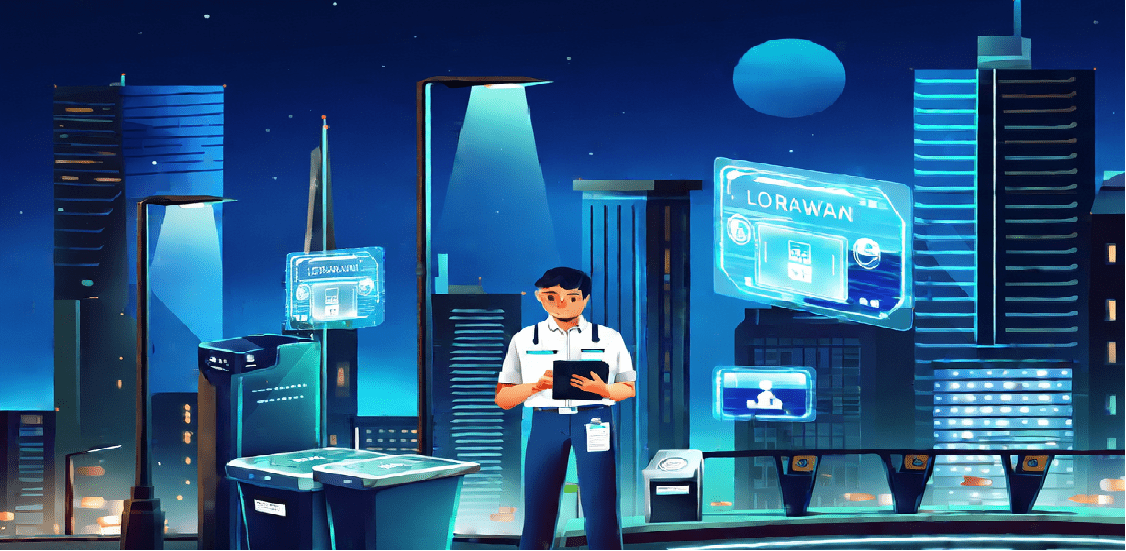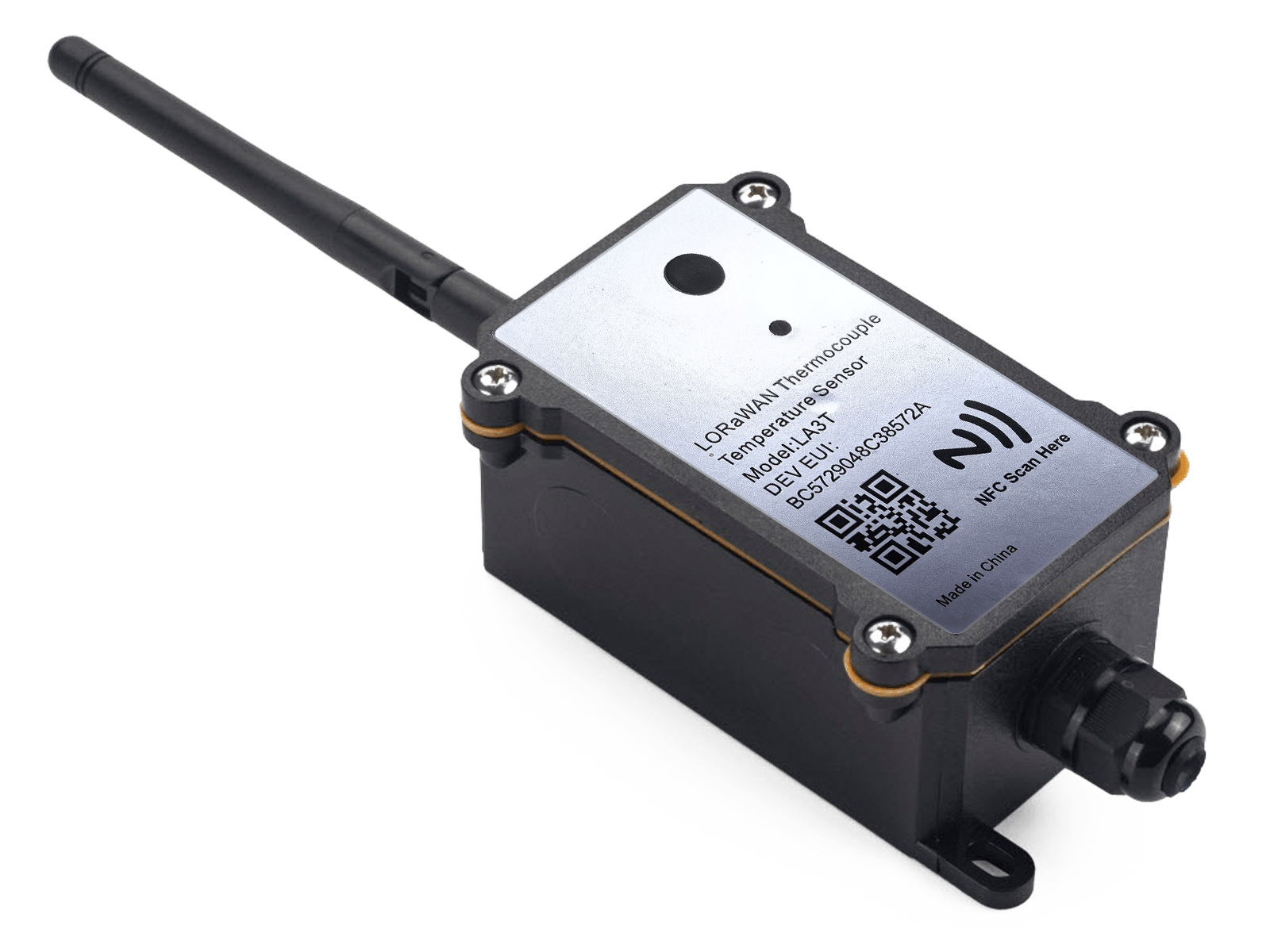LoRaWAN
LoRaWAN (Long Range Wide Area Network) is a Low-Power Wide-Area Network (LPWAN) protocol specifically designed for the Internet of Things (IoT). It integrates the LoRa (Long Range) physical layer modulation technology with an open network protocol, enabling secure communication between devices and the cloud over ultra-long distances (2-5 km in urban areas, up to 15+ km in rural areas) while minimizing power consumption.

| Core Technical Principles
1. LoRa Modulation
LoRa utilizes spread spectrum modulation, dispersing signals across a wide frequency band. This technology provides exceptional anti-interference capabilities, allowing accurate signal decoding even when signal strength is below noise levels, thereby significantly enhancing transmission range and reliability.
2. Layered Network Architecture
A LoRaWAN network consists of four core components:
- End Devices (e.g., sensors)
- Gateways (receive data from devices and forward to network servers)
- Network Server (manages data routing and security)
- Application Server (handles business logic)
This layered architecture enables efficient connectivity for massive IoT deployments.
3. Adaptive Data Rate (ADR)
The ADR mechanism dynamically adjusts data rates and transmission power based on the distance between devices and gateways: high speeds for nearby devices to save energy, and lower speeds for distant devices to maintain connectivity, achieving an optimal balance between power efficiency and performance.
| Five Key Advantages of LoRaWAN
| Advantage | Description |
|---|---|
| Ultra-Long Range | Single gateway covers tens of kilometers, reducing infrastructure costs |
| Ultra-Low Power | Battery-powered devices last 5-10 years |
| Massive Scalability | A single gateway supports tens of thousands of concurrent connections |
| Massive Scalability | Single gateway supports thousands of devices |
| License-Free Bands | Global ISM bands (e.g., 470MHz in China, 868MHz in EU) |
| Typical Use Cases
| Our LoRaWAN Solutions
- Supports 1 to 2 external temperature probes.
- LoRaWAN Class A Bands: EU868, US915.
- NFC and LoRaWAN remote configuration.
- Wireless OTA update firmware.
- Periodic uplink and configurable downlink.
- Maximum +20 dBm constant RF output and RX sensitivity down to -148 dBm.
- Sleep mode and LoRa transmit mode power consumption details.
- Operating temperature range of -30°C to 85°C.

